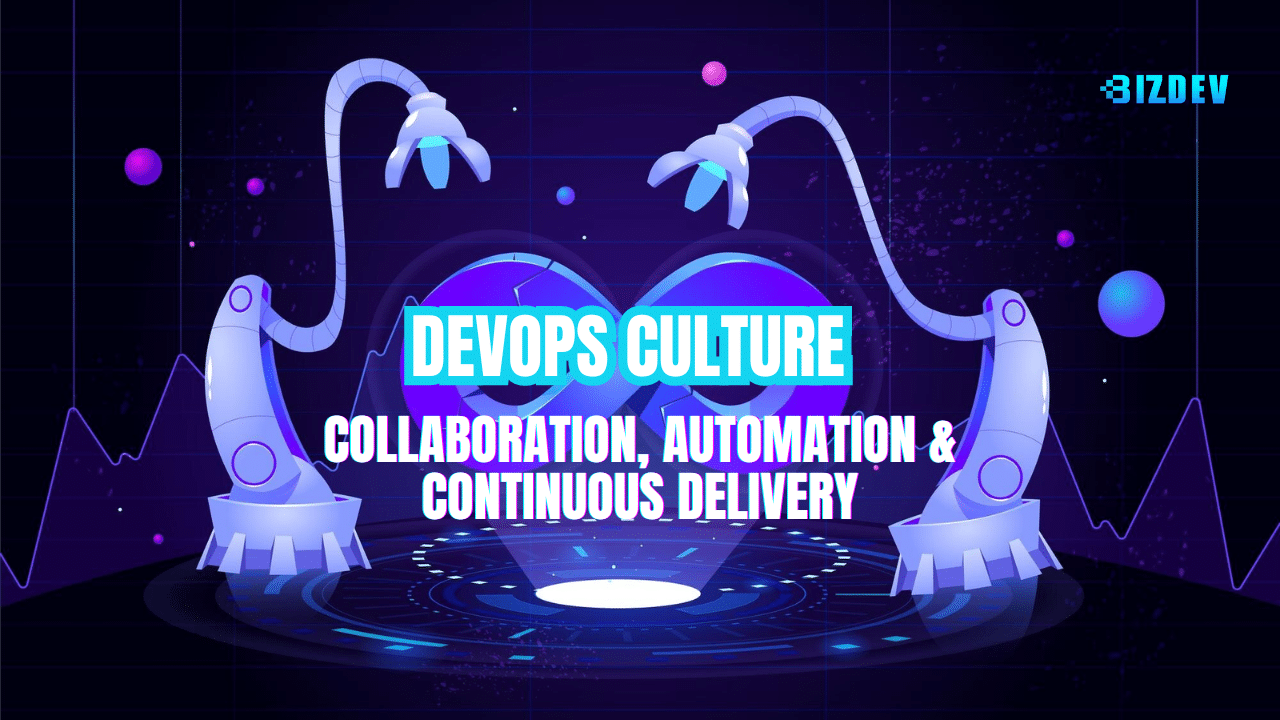Introduction
DevOps is more than just a set of practices; it’s a cultural shift that bridges the gap between development and operations teams. By fostering collaboration, embracing automation, and prioritizing continuous delivery, organizations can accelerate software development, enhance quality, and respond swiftly to market demands.
Key Principles of DevOps Culture

- Collaboration and Communication
- Break down silos: Developers, testers, and operations engineers collaborate seamlessly.
- Foster open communication channels: Regular stand-ups, cross-functional teams, and shared goals.
- Automation
- Infrastructure as code (IaC): Define infrastructure using code (e.g., Terraform, Ansible).
- Continuous integration (CI) and continuous deployment (CD): Automate build, test, and deployment pipelines.
- Configuration management: Automate server configurations (e.g., Puppet, Chef).
- Continuous Delivery
- Frequent, small releases: Reduce risk and improve feedback loops.
- Blue-green deployments: Roll out new versions without downtime.
- Canary releases: Gradually expose features to subsets of users.
- Monitoring and Feedback
- Real-time monitoring: Track performance, errors, and user behavior.
- Metrics-driven decisions: Use data to optimize processes.
- Post-incident reviews: Learn from failures and iterate.
Benefits of a DevOps Culture
- Speed: Faster time-to-market due to streamlined processes.
- Quality: Automated testing and continuous feedback lead to higher-quality software.
- Resilience: Improved system reliability and faster recovery from failures.
- Innovation: DevOps encourages experimentation and learning.
Conclusion
DevOps culture is not a destination; it’s an ongoing journey. Embrace collaboration, automate repetitive tasks, and prioritize continuous delivery. Remember, DevOps is not just about tools—it’s about people, processes, and a shared commitment to excellence.
